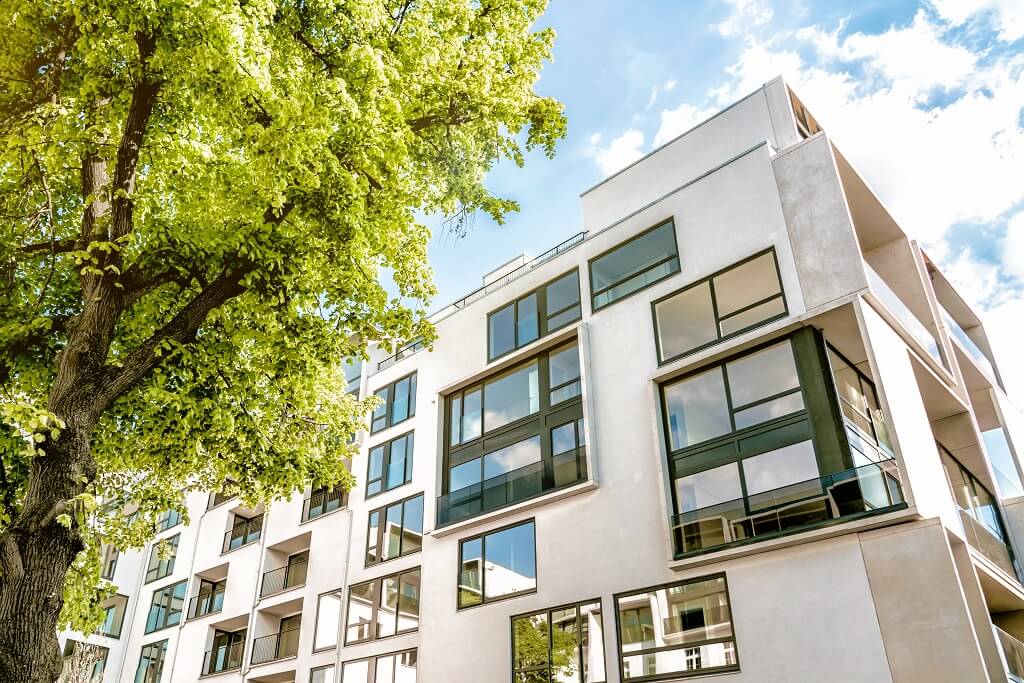The latest survey of U.S. real estate economists showed a marked increase in expected economic measures, most likely due to federal proposals to reform the tax code, reduce regulatory burdens, and invest in infrastructure. Compared with the same survey from six months ago, real estate economists have higher expectations about gross domestic product (GDP) growth, employment growth, and housing starts. Consistent with a stronger economy, forecasts for interest rates and inflation have moved higher.

The latest forecast by the ULI Center for Capital Markets and Real Estate calls for higher real GDP growth in 2017 and 2018 than previously forecast.
But key real estate metrics, such as NCREIF Property Index (NPI) returns and transaction volumes, showed little change from six months ago.
These results are based on the semiannual ULI Real Estate Consensus Forecast, prepared by the ULI Center for Capital Markets and Real Estate. The survey was completed by 53 economists and analysts at 39 leading real estate organizations in March and early April 2017. These results will be reviewed in a member’s only webinar on Wednesday, April 19.
In summary, respondents have raised expectations about economic growth through 2019. While greater job and income growth will be positive for U.S. real estate markets, forecasters were reluctant to upgrade real estate fundamentals or returns. New supply in the pipeline and/or higher interest rates are likely keeping real estate economists cautious, but more likely realistic as uncertainty about future growth remains a concern.
Some of the highlights from the survey, which covers the 2017–2019 forecast period, include the following:
- U.S. GDP will grow by 2.3 percent in 2017 and 2.6 percent in 2018, increases of 20 and 60 basis points (bps), respectively, since the last forecast. Forecasts for both years are at or above the 20-year average of 2.3 percent, with growth moderating to 2 percent in 2019.
- Net job growth should average 1.9 million per year through 2019, compared with a long-term average of 1.2 million. Compared with the last consensus forecast, expected job growth is up for both 2017 and 2018. Job growth is forecast at 2.2 million in 2017 but tapers down to 1.55 million in 2019, possibly due to concerns about labor availability, as the unemployment rate drops to 4.5 percent in 2018.
- Expected yields on the ten-year U.S. Treasury note rose sharply in the most recent forecast, after falling in the prior survey. The forecast year-end (YE) yield rose 60 bps to 2.8 percent for 2017, and 70 bps to 3.2 percent in 2018. These forecasts represent a sizable move up from the current rate of 2.3 percent in mid-April 2017. The Federal Reserve has initiated gradual increases in the short-term Fed Funds rate, which may be a driver of higher long-term rates.
- Real estate transaction volumes will fall to $450 billion in 2017, a decline of $39 billion (8 percent) from the 2016 level. The 2017 forecast is unchanged from the fall forecast. Transaction volumes will stay strong in 2018 and 2019 at $450 billion and $430 billion, respectively, remaining well above the long-term average of $293 billion. Real Capital Analytics reports that U.S. transactions are down over 30 percent year-to-date (YTD) as of February. Many attribute the decline to the rise in interest rates and political uncertainty in the fourth quarter of 2016 and expect transactions to pick up as the year progresses.
- Commercial real estate prices as measured by the Moody’s/RCA Commercial Property Price Index (CPPI) are projected to rise by an average of 3.8 percent per year over the next three years (5.0 percent, 3.5 percent, and 3.0 percent, respectively), compared with a long-term average increase of 5.7 percent. This is a marked drop from 2016 (9.1 percent rise) and up marginally from the prior forecast. Through March, the CPPI Index is up 7.7 percent year over year, with industrial properties up by 10.9 percent, while retail properties have fallen by 1.2 percent.
- Rent growth is forecast to be modest over the next three years. Industrial rent growth is forecast to average 3.8 percent, followed by office (2.3 percent), hotels (2.3 percent revenue per available room [RevPAR] growth), retail (2.2 percent), and apartments (2 percent). Industrial and retail rent forecasts have increased since the last Consensus Forecast, while the other property types are flat or down.


